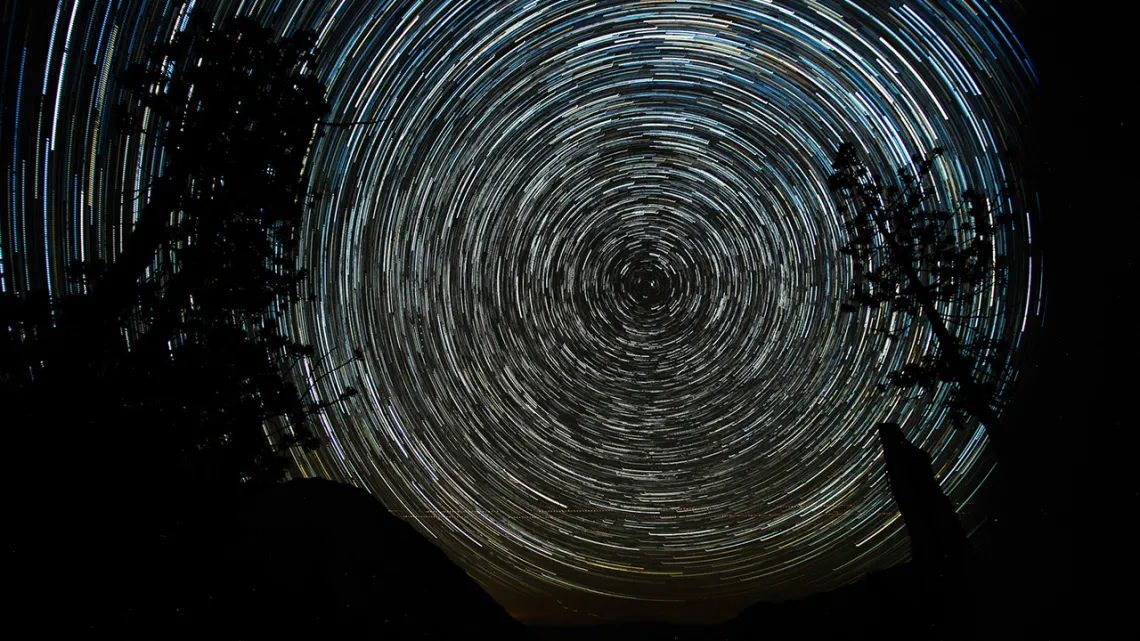Indian Doctoral Student Develops University of Arizona's Groundbreaking Beach Ball Antenna Design for Satellite Communication
Aman Chandra's participation in the CatSat mission demonstrates the potential for Indian students and researchers in space exploration

Tucson, AZ - The University of Arizona has recently built a small satellite using an innovative antenna design made from lightweight membranes, by its team of students. One of its doctoral students in aerospace and mechanical engineering, Aman Chandra, has made a significant contribution to the development of CatSat's design, including the inflatable antenna system. This innovative design is a low-cost and lightweight solution that could potentially revolutionize satellite communications.
The satellite, called CatSat, due to be launched late in 2023, is a part of NASA’s Elana 43 flight on board Firefly Aerospace’s Black Alpha rocket. The mission will demonstrate inflatable antenna technology from Low Earth Orbit for the first time by sending down High-Definition Earth images in near real time.
Chandra, who hails from India, joined the University of Arizona’s Aerospace and Mechanical Engineering Department in 2017 as a doctoral student and is now an Aerospace Research Engineer at FreeFall Aerospace, a University of Arizona spin off company. His area of research includes inflatable antennas and advanced satellite systems design. He is part of the core team of researchers that developed the inflatable antenna design which was based on his doctoral thesis work. The team used innovative membrane materials to construct the spherical antenna that resembles a beach ball. This antenna has been built, tested, and qualified for spaceflight at the University of Arizona’s Drake facility.
“I am immensely proud to be a part of the CatSat team right from the beginning. Through this mission, the University of Arizona has provided me with the unique opportunity to apply my doctoral research to an actual space flight mission that could potentially benefit the whole community. The University of Arizona’s space hardware facilities are world class making it a great place to learn and develop innovative space missions of the future,” said Aman Chandra.
According to the researchers, the use of the inflatable antenna could significantly reduce the cost of satellite communications, which are typically very expensive due to the need for large, complex, and heavy antennas. The lightweight and low-cost design of this design could enable smaller and more affordable satellites to be launched, potentially opening up new opportunities for space research and exploration.
The CatSat mission and the inflatable antenna design have received widespread recognition in the scientific community and beyond, with the team receiving awards and accolades for their work. The project demonstrates the University of Arizona's commitment to innovation and pushing the boundaries of what is possible in space exploration.
Read more about the Student-led CubeSat Project.
About University Of Arizona:
The University of Arizona, a land-grant university with two independently accredited medical schools, is one of the nation’s top 50 public universities, according to the U.S. News & World Report. Established in 1885, the university is widely recognized as a student-centric university and has been designated as a Hispanic Serving Institution by the U.S. Department of Education. The university ranked in the top 20 in 2020 in research expenditures among all public universities, according to the National Science Foundation, and is a leading Research 1 institution with $761 million in annual research expenditures.

